Jason Goodwin: 'The very idea of stripes on a lawn made my German friend shudder'
Centrepiece of a classic English country garden, or bourgeois construct of the machine age? Our columnist Jason Goodwin takes aim at the lawn.
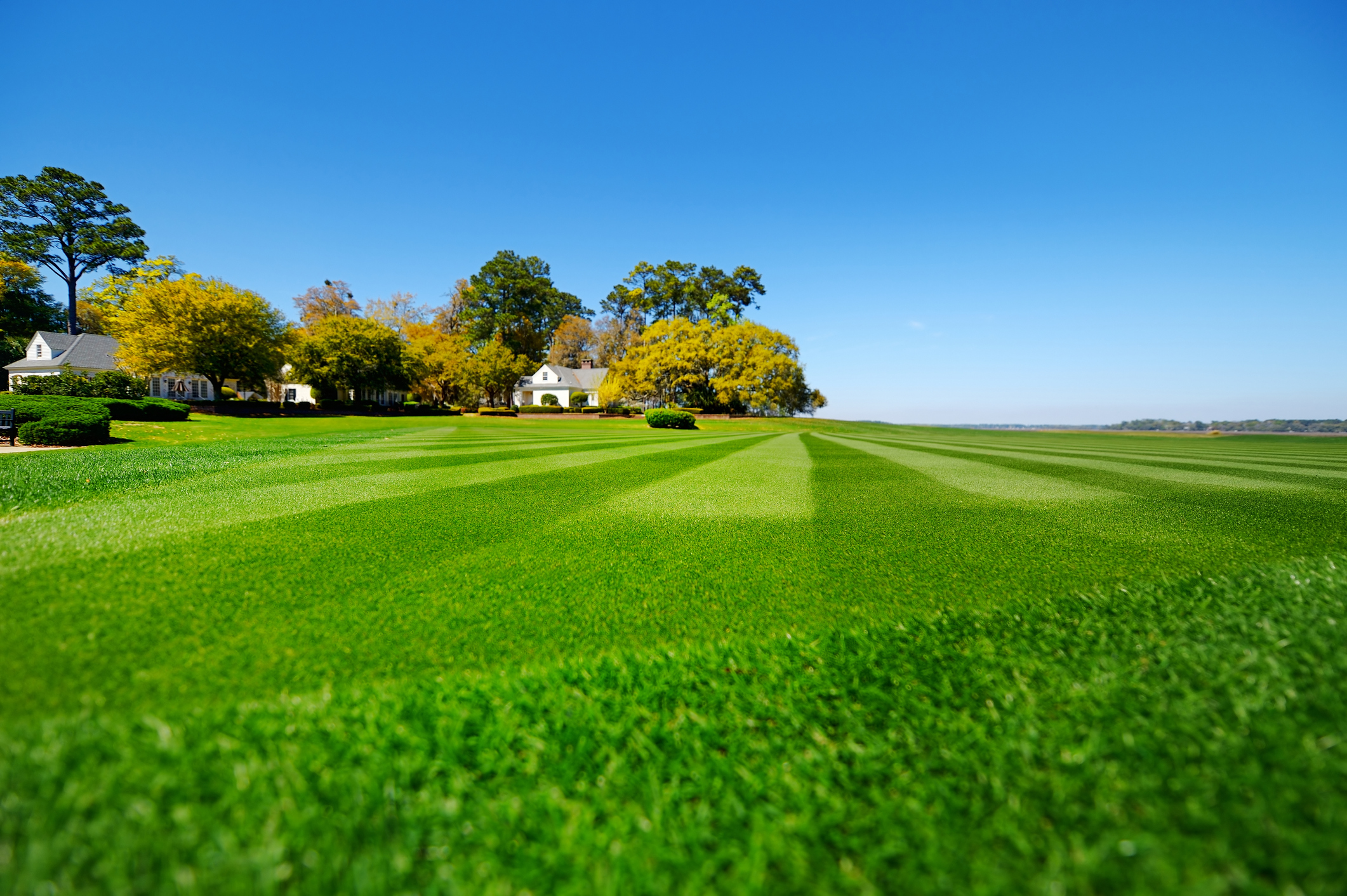
Years ago we were friends with a family of towering Germans, who had mysteriously chosen exile from their native land to live in a big house under the Downs. Everything about them was a size larger than usual, from their hats to their shoes. They drove a long, seven-seater Mercedes estate, crammed with growing children and Great Danes. At home, in a kitchen the size of a squash court, sitting on a dresser that took up one enormous wall, they had an egg rack that held three dozen eggs.
The garden was walled. Big crooked trees advanced on the house, honeysuckle ballooned on the walls, roses and ivy crept up the windows and the grass was tall long before tall grass became fashionable. It was long because the von der Wenders did not believe in mowing any more than they believed in pruning.
Mr von der Wenders was a German intellectual and we understood that his objection to mowing was essentially political. For him, a mown lawn was an affront to Nature and morality, revealing a potentially sinister tendency to order and control.
To make a decent lawn, certain types of grass — the fescues, bents and alpines, for instance — will be allowed; their wilder, looser cousins will be extinguished. Lawn is a monoculture. For him, it was but a step from mowing to attending rallies. The very idea of stripes on a lawn made him shudder — where we saw English loveliness and pricked out thistles and burdock with a trowel, Mr von der Wenders closed his eyes and saw the dark 20th century.
"Julian and Isabel Bannerman, among the greatest gardeners of our age, can’t be doing with much lawn... they 'take a lot of maintenance and lack interest'"
Therefore, when, at the end of No Mow May, Kate suggested it was time to tackle the grass, I drew myself up to my full height and channelled the lost friends of my youth. Lawns, I said, are a bourgeois construct of the machine age.
We compromised, inevitably, in our own bourgeois way. We mowed the edges of the border and the grass paths in the vegetable garden. Later, driving the blades to carve out a croquet lawn, I watched the bees stumbling profitably through the 4in clover and tried to put the von der Wenders out of my mind, to think, instead, of Henry James.The great American novelist was a hopeless gardener, but he loved a lawn, to judge by his house in Rye and the opening chapter of The Portrait of a Lady, which takes place on the clipped turf of an old English country house, exuding rootedness and ease.
Gardeners and gardens, I find, divide on lawn. Julian and Isabel Bannerman, among the greatest gardeners of our age, can’t be doing with much lawn: Isabel drily points out it takes a lot of maintenance and lacks interest.
Exquisite houses, the beauty of Nature, and how to get the most from your life, straight to your inbox.
Over the past month, I have been taking photographs for G&T Garden Tours, led by the green-fingered Simon Tiffin and me, to explore the best gardens of Dorset and Somerset next May. Isabel kindly lent me her pictures and I have been springing up at 5.30am to catch the early-morning light breaking over Jasper Conran’s magical garden (not too much lawn), or touching the pergola in a secret garden at Chilcombe (no lawn at all). The crown prince of the dahlia, Charlie McCormick, has better things to show than grass and the famous gardens at Mapperton and Forde Abbey are replete with lawn in the best Big House tradition. James would swoon. Lawns may tend to monoculture, but gardens are as varied and fascinating as their owners.
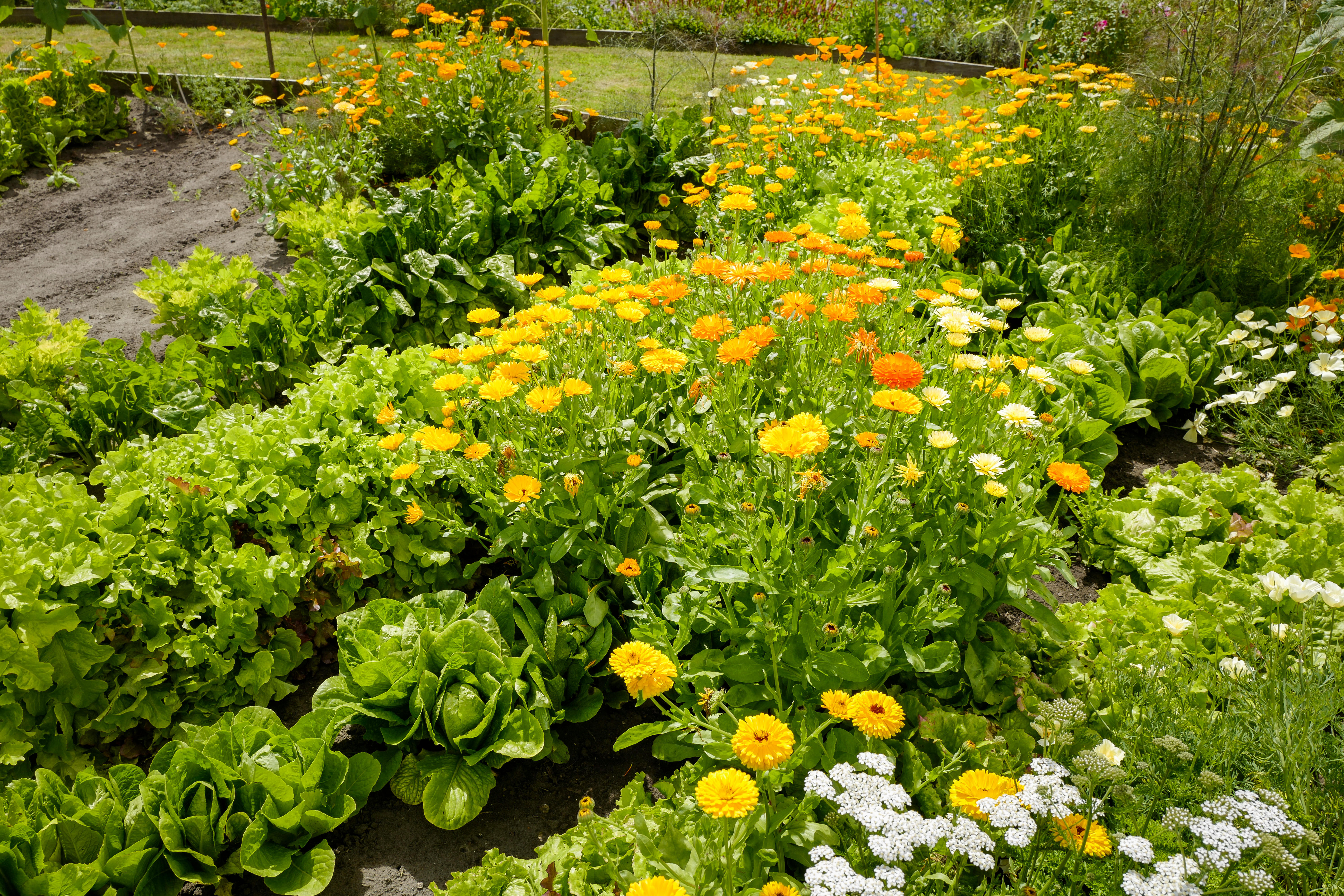
Credit: Alamy Stock Photo
Jason Goodwin: The half-term report of the keen amateur gardener
It might be the end of term for schoolchildren, but for gardeners across the nation we're very much only half-way
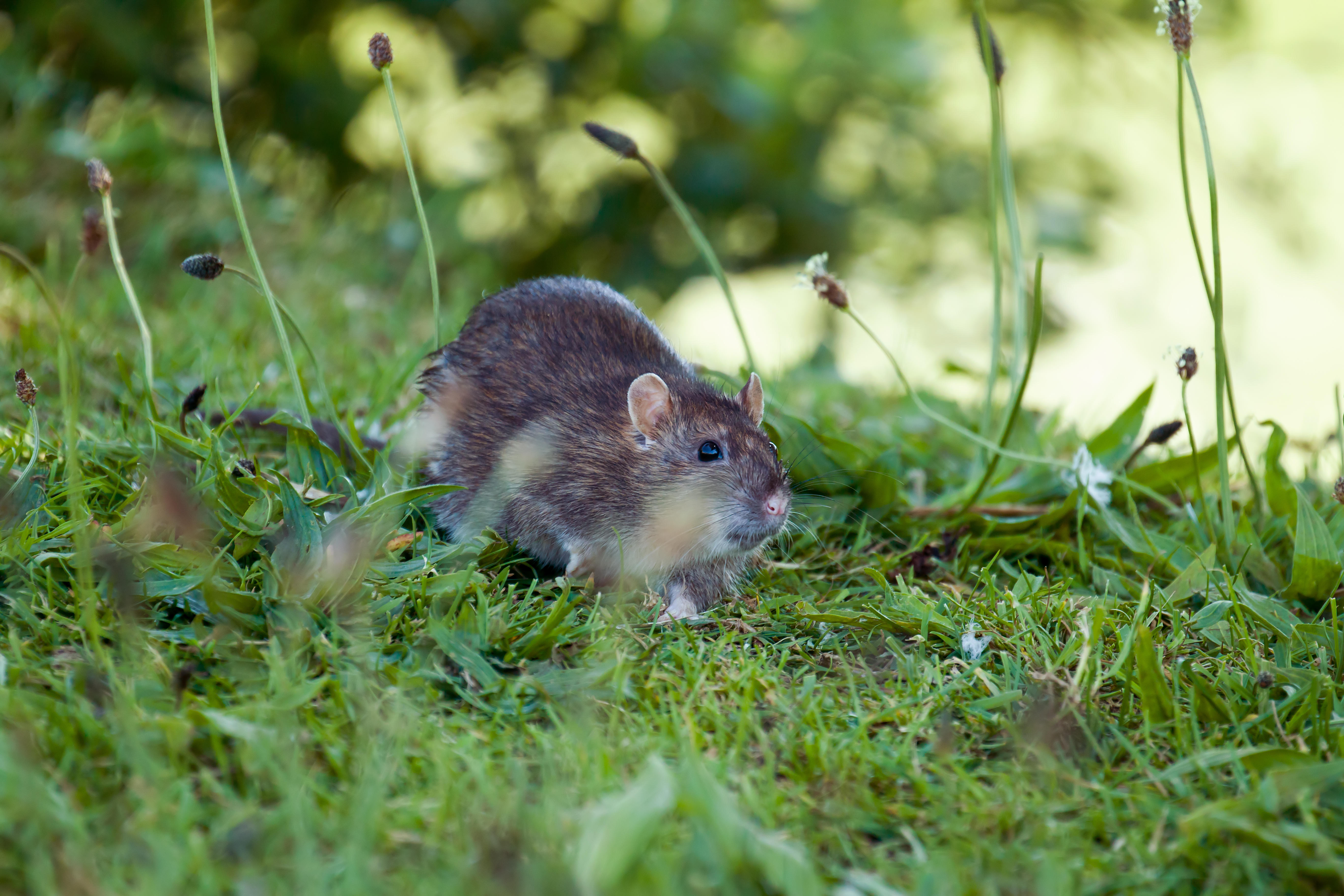
Credit: Alamy
Jason Goodwin: Is courtly communication the way to go when dealing with rodent pests?
Jason Goodwin discusses our long-standing tradition of courtesy with animals, and why he politely chose to ignore it when dealing
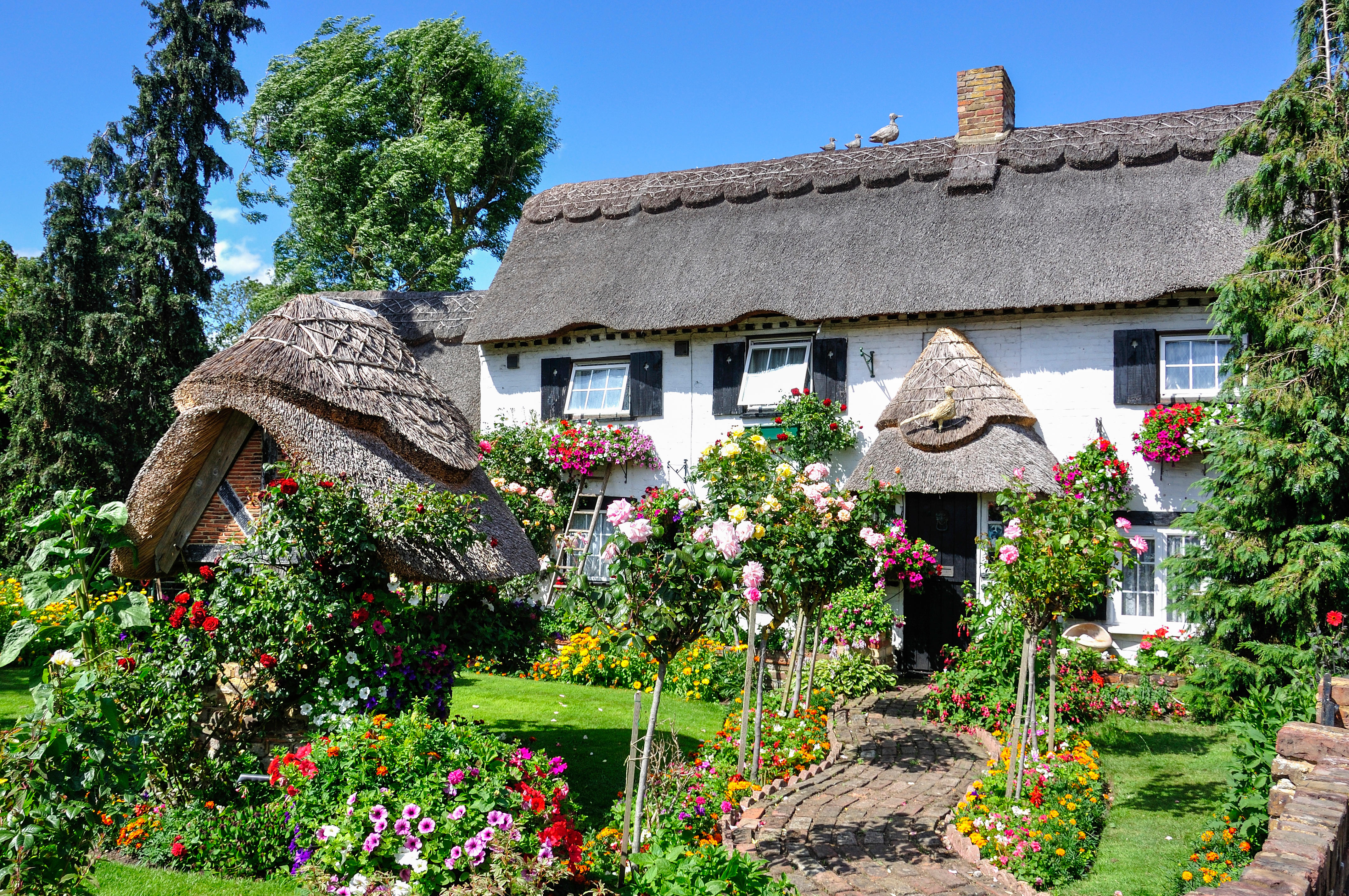
Credit: Alamy
Jason Goodwin: 'There's a hum about the whole house that reminds me of a great ship charting its course through the high seas'
The gardener’s lot is a happy one, says Jason Goodwin, even though you might end up with an inch of
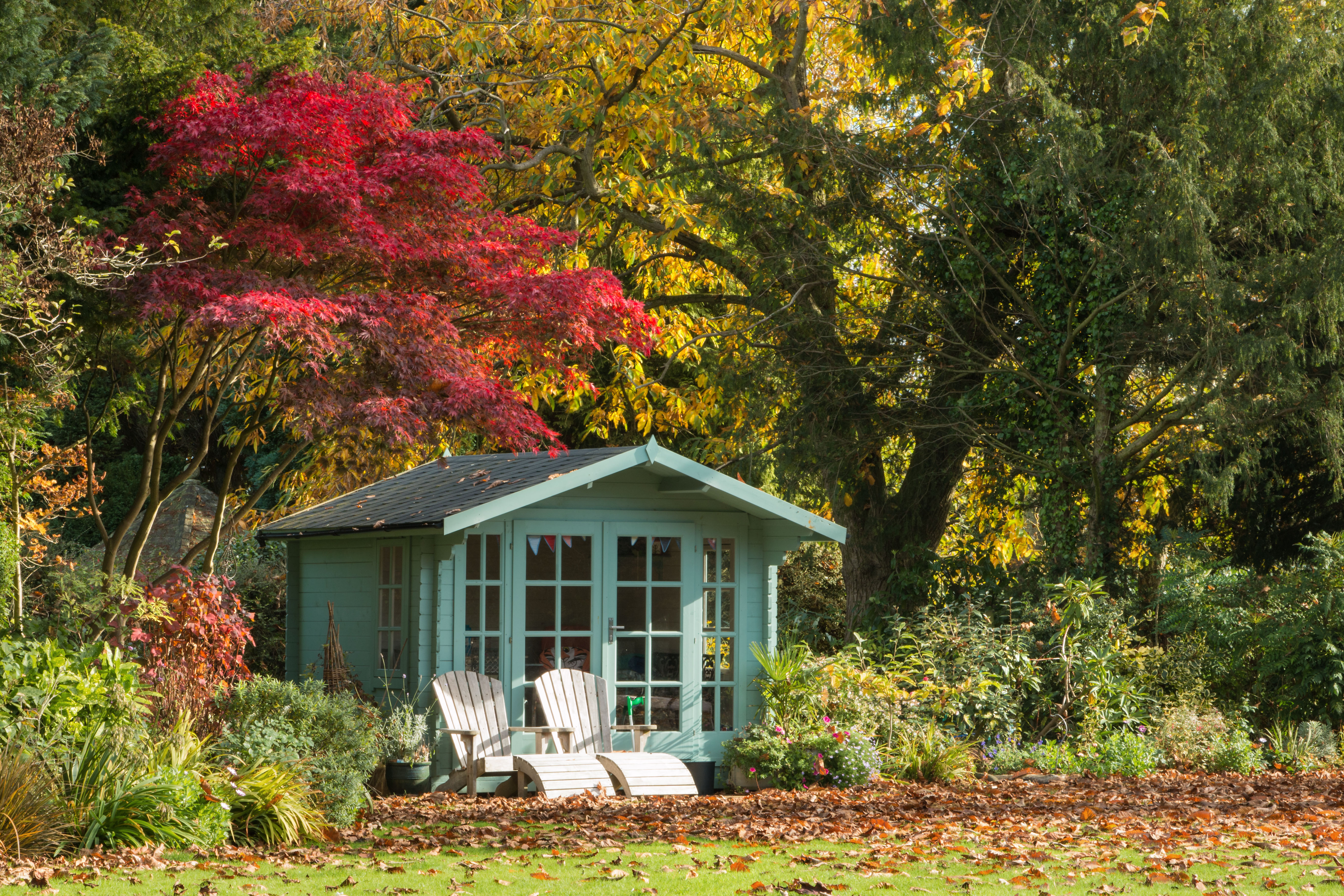
Credit: Getty Images
Jason Goodwin: 'In the rain it looks like a teahouse in a run-down corner of Uzbekistan'
Jason Goodwin explains the origins of his garden glass house; a twinkling, relaxing spot in summer, but come winter, a

Jason Goodwin: 'I think about it when I’m on the stepladder, reaching out dangerously far to tweak a ripe fig'
Jason Goodwin tells our readers why he's now decided to give a fig about the ancient fruit that's been growing

Credit: Getty Images
Jason Goodwin: 'My friend was puzzled to discover me up a stepladder, cradling my airgun and scanning vegetable beds'
Jason Goodwin takes on the rats, and loses.

Credit: Alamy
Jason Goodwin: The price of Absolute Power? Turns out it's £250 a week +VAT
An unforgettable week at the controls of a metal monster goes to Jason Goodwin's head.